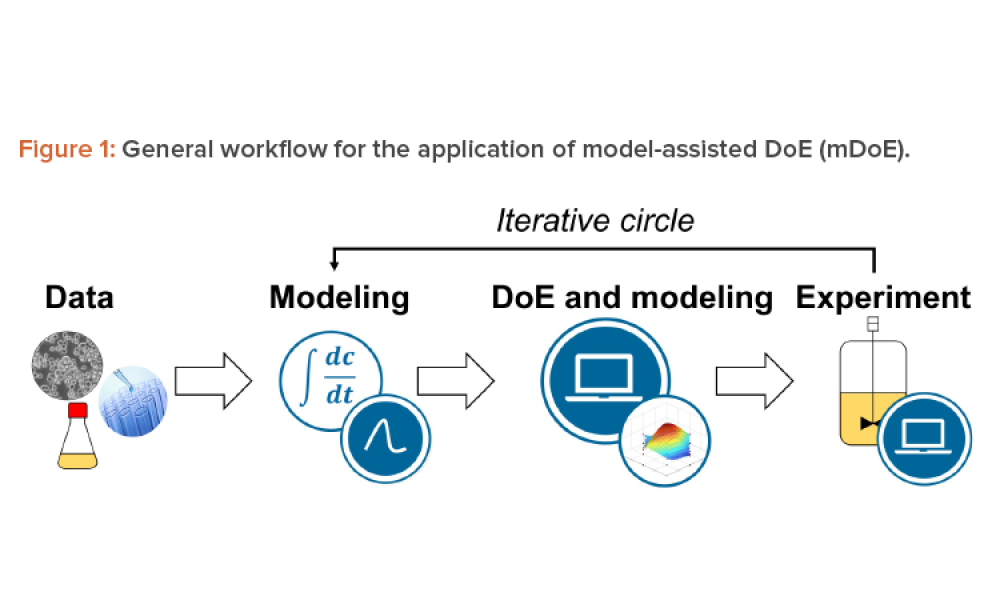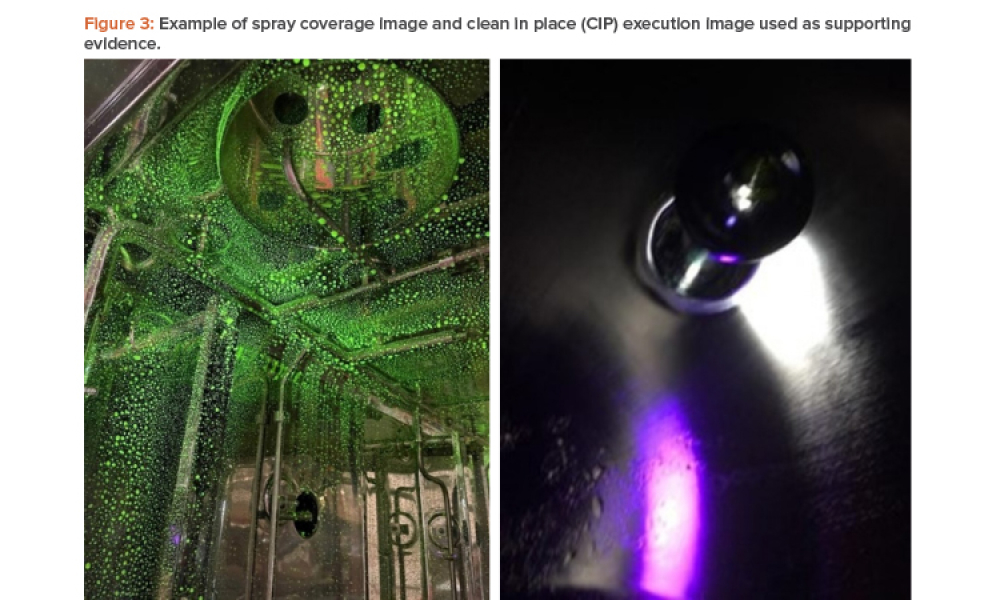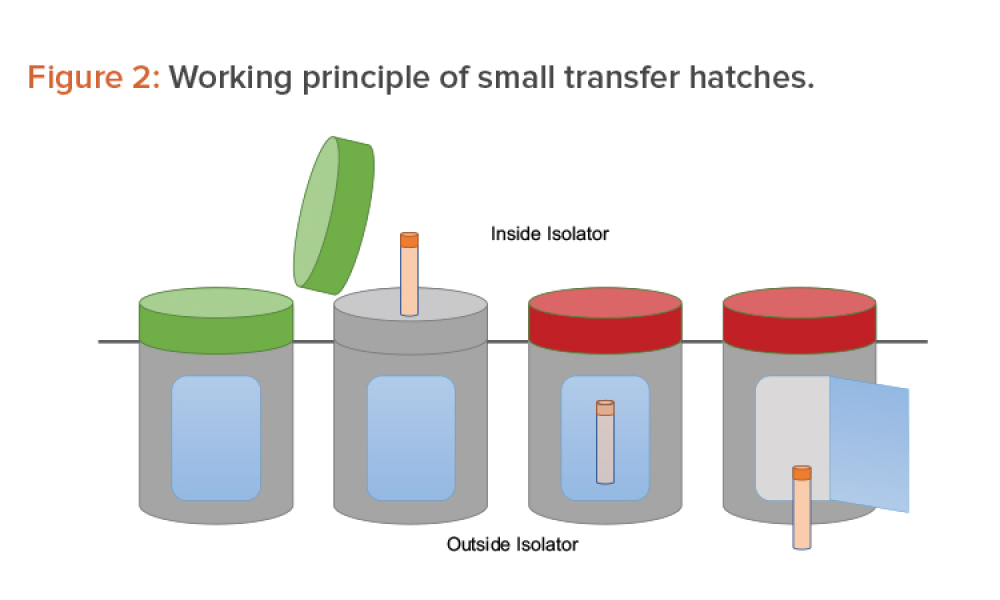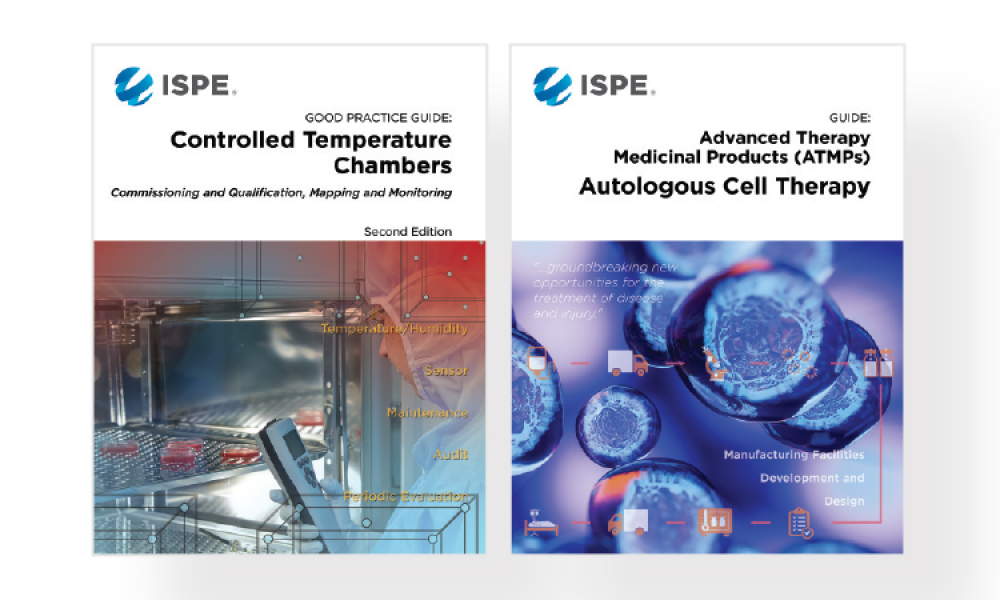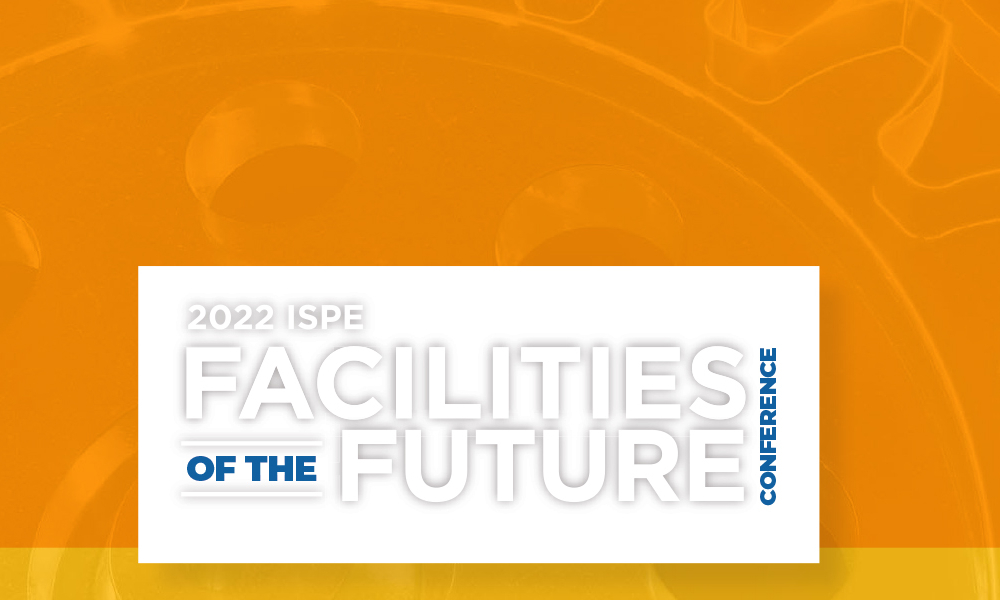The implementation of a mammalian cell-based biopharmaceutical manufacturing process demands robust methods for knowledge handling, from early-stage development and technology transfer to production scale. Mathematical process modeling can summarize this knowledge as the relationships of critical quality attributes to critical process parameters using mathematical equations and sound...
May / June 2022
Heightened awareness, due to the pandemic, of the need for domestic manufacturing capacity has rejuvenated the biopharmaceutical manufacturing industry and resulted in new commissioning projects. However, cross-country/continental travel restrictions and social distancing–based work protocols during the first two years of the pandemic necessitated adopting unique commissioning approaches....
Advanced therapy medicinal products (ATMPs) pose specific manufacturing challenges beyond those typically addressed by pharmaceutical chemistry. Often in current ATMP applications, a change in approach is introduced at some point in the development process out of convenience or necessity, which then results in a change in technology. This article analyzes the possibility of transferring a cell...
The lack of diversity in the pharmaceutical engineering industry is widely recognized. Less well understood is why change is so hard to achieve. From my years of work in this space, and through observation of ongoing efforts to embrace diversity in all forms, I have developed a hypothesis: Progress is stifled because we as a society wrongly believe diversity and inclusion efforts are...
Released in November 2021, the ISPE Guide: Advanced Therapy Medicinal Products (ATMPs)–Autologous Cell Therapy focuses on manufacturing facility development and design for autologous cell therapies for...
Operation Warp Speed coordinated US government support of the pharmaceutical industry’s effort to develop and deliver vaccines and therapeutics across the United States to fight the COVID-19 pandemic. This article provides an inside look at the work done by this team to address the threat posed by COVID-19.
In 2020, the world was grappling with how to slow the spread of the SARS-CoV-2 virus and appropriately treat people who had the COVID-19 infection without approved therapies or vaccines. In two years, there are multiple vaccines and treatments along with great knowledge about the virus—and about how the industry mobilized, partnered, and achieved tremendous strides in addressing the global...
The life cycle approach to process validation stresses the need for continued monitoring of process performance to ensure that the manufacturing process remains stable and predictable, i.e., in a state of control. This life cycle stage is known as continued process verification (CPV) or ongoing process verification (OPV).
Two sessions at the 2022 ISPE Facilities of the Future Conference in early February captured varied views of emerging technologies in the pharmaceutical industry, and the industry’s work to embrace...
In a recent advanced therapy medicinal products (ATMPs) innovator survey, two-thirds of respondents reported that they are developing multiple drug platforms.

